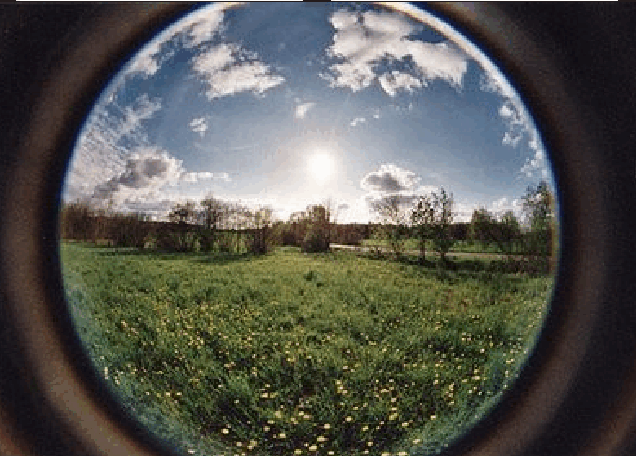Lens knowledge and purchase strategy
Aug 13, 2024
Principle: Using an optical glass lens combination, a clear image is formed on the camera sensor or film by refracting light. After the light enters the lens, it is refracted and focused by multiple groups of lenses, and finally an inverted real image is formed on the sensor. The focal length determines the viewing angle and magnification, and the aperture controls the amount of light entering, affecting exposure and depth of field.
Category: According to whether the focal length can be adjusted, it is divided into zoom lenses and fixed-focus lenses. The zoom lens has adjustable focal length, which is flexible for multiple scenes, but the optical quality may be slightly inferior. The fixed-focus lens has a fixed focal length, better optical quality, and a larger aperture, which is suitable for high-quality shooting.
Buying points:
Look at the focal length
The focal length is the distance from the optical center of the lens to the photosensitive element, which determines how far the lens can capture the scene clearly. Common focal length lenses include wide-angle lenses, standard lenses, telephoto lenses, super telephoto lenses, and macro lenses.
Wide-angle lens: focal length 18-35mm, wide viewing angle, can capture more scenes. Wide-angle lens is easy to produce an exaggerated effect of perspective, making foreground objects appear larger and background appear farther away. Suitable for landscape photography, architectural photography, interior photography.
Standard Lens: Focal length 35-70mm, the viewing angle is close to the viewing angle of the human eye, and the imaging is natural. 50mm lens is called standard lens because it is closest to the viewing angle and perspective effect of the human eye. Suitable for portrait photography, street photography, daily photography.
Medium telephoto lens: focal length 70-200mm, narrow viewing angle, good background blur effect, suitable for shooting distant objects and close-ups. Often used in portrait shooting, can compress perspective, make the figure appear more three-dimensional. Suitable for portrait photography, sports photography, wildlife photography.
Telephoto lens: focal length > 200mm, very narrow viewing angle, can shoot distant objects. Telephoto lens has a significant compression perspective effect, making distant objects appear closer. Suitable for wildlife photography, sports photography, astrophotography.
Super telephoto lens: focal length > 400mm, very narrow viewing angle, can shoot very long-distance objects, usually requires tripod support. Suitable for wildlife photography, astrophotography, aerial photography.
Macro lens: A lens specifically designed to capture very close objects, capable of capturing details and tiny objects. Suitable for shooting insects, flowers, jewelry, food, etc.
Look at the aperture
The size of the aperture directly affects the performance of the lens under different lighting conditions and the effect of background blurring (bokeh), usually expressed by the f-value. The smaller the f-value, the larger the aperture, and the more light allowed to enter, the more conducive it is to shooting in low-light environments.
Large aperture (f/1.4, f/2.0, f/2.8): allows a lot of light to enter, can shoot in low-light environment, will produce shallow depth of field, the background blur effect is obvious. Suitable for professional portrait photography, wedding photography.
Medium aperture (f/4, f/5.6): Balances light volume and depth of field, suitable for a variety of light conditions. Suitable for amateur photographers and travel photographers.
Small aperture (f/8, f/11, f/16): will produce a deep depth of field, front and rear scenes are clear, but need more light or slower shutter speed, suitable for landscape photography, architectural photography.
Minimal aperture (f/22 or smaller): Provides an extremely deep depth of field, but may cause a degree of diffraction that results in reduced image detail. Perfect for professional landscape photography, experimental or creative photography that requires extreme depth of field.
Watch autofocus
Autofocus means that the camera can automatically adjust the focal length of the lens to make the subject clearly visible, especially when shooting dynamic scenes, moving objects, or rapidly changing scenes.
Ultrasonic Motor: Uses ultrasonic vibrations to drive the focusing mechanism, usually very quiet and fast. Suitable for scenes that require fast, quiet focusing, such as wildlife photography, sports photography, and portrait photography.
Stepper Motor: Provides smooth and quiet focusing, especially suitable for video shooting. Suitable for video shooting, still life shooting, and slow focusing needs.
Linear Motor: Provides very fast and accurate focusing, typically used in high-end lenses. Suitable for professional photography scenarios that require extremely high focusing accuracy and speed, such as sports and wildlife photography.
Micromotors: Traditional electric micromotors are usually less expensive, but focus speed and quietness are not as good as modern technology. Suitable for entry-level lenses and users on a budget.
